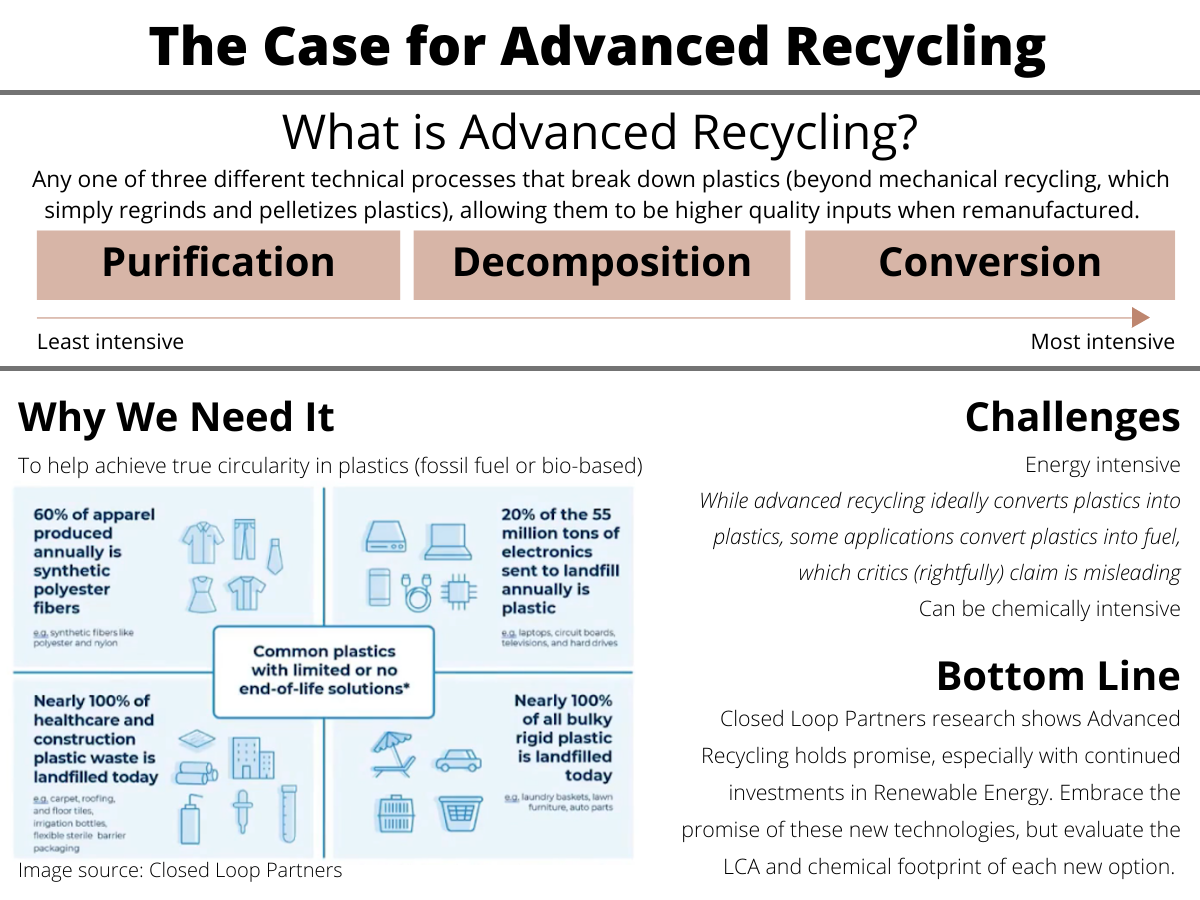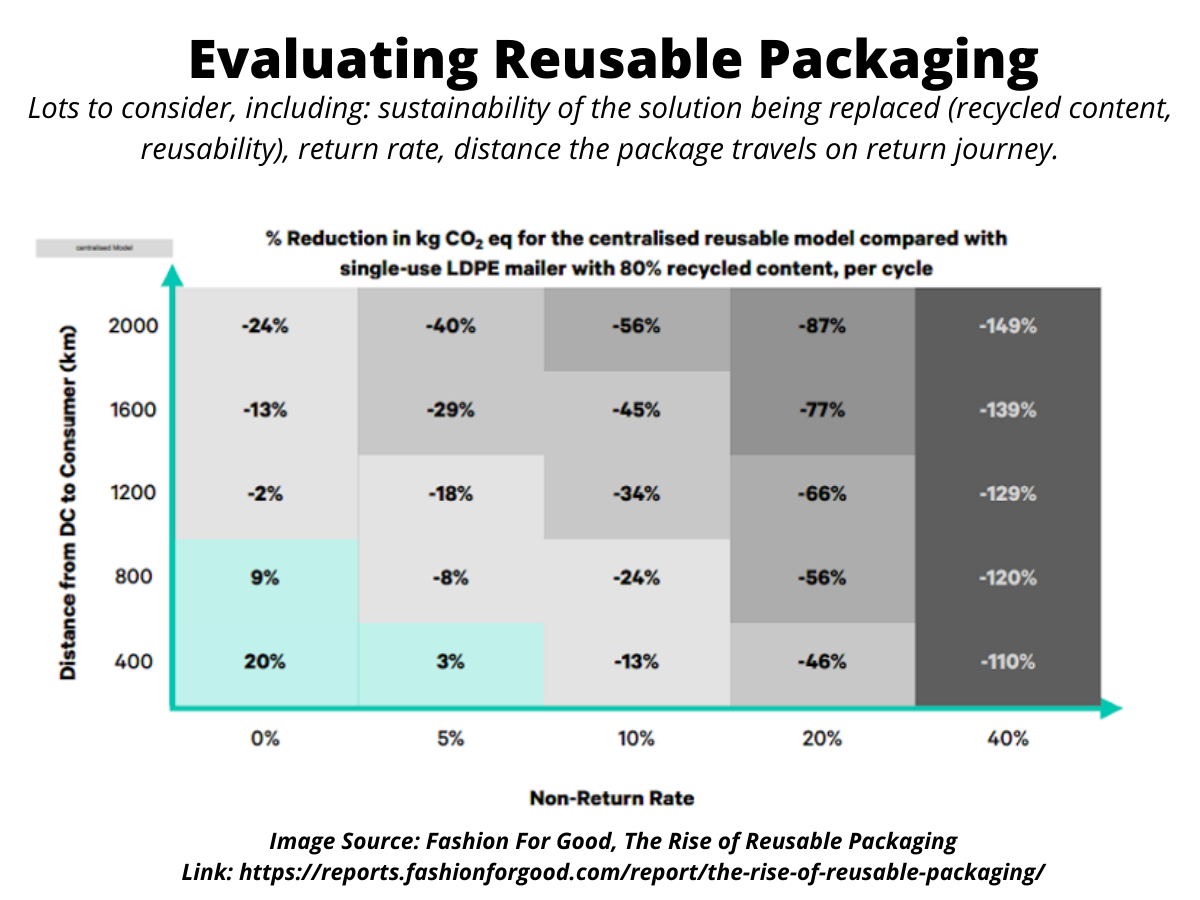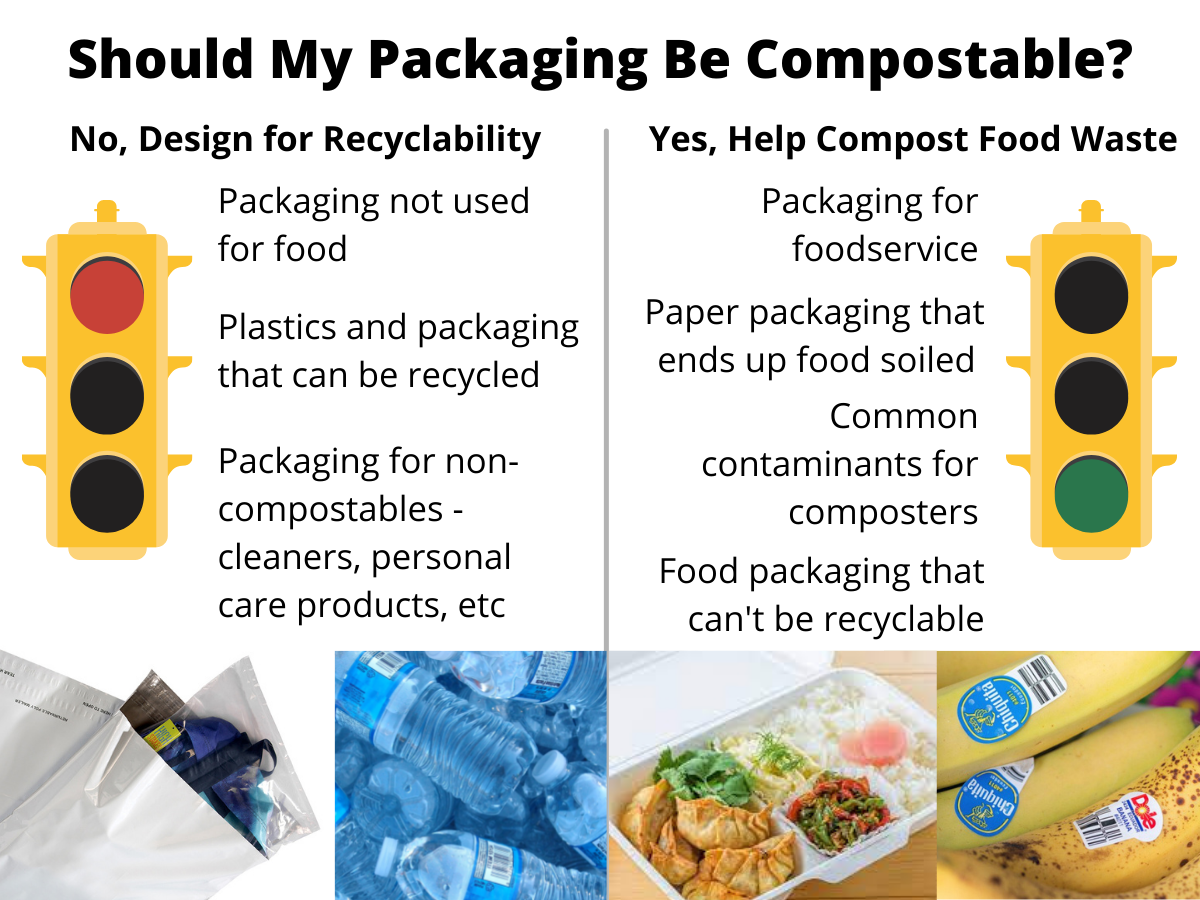Takeaways from SPC Impact 2021 and the Sustainable Packaging Coalition
Posted on May 10th 2021
SPC Impact 2021: Key Packaging Takeaways | EcoEnclose
As a member of the Sustainable Packaging Coalition, we had a chance to join SPC Impact 2021, a virtual event focused on sustainable packaging trends and challenges.
It was a hugely informative and inspiring event overall, and underscored how rooted the Sustainable Packaging Coalition is in evidence-based solutions to the world’s eco packaging challenges.
It would be impossible to share every single insight gained, but I’m sharing six images that highlight my overarching takeaways to help you stay apprised on new innovations in sustainable packaging. We hope you read these takeaways and are reminded (as we were) that yes - positive change can happen, but it is imperative that companies like yours continue to be committed and take bold action.
Circular Economy is The Name of the Game
So many sessions were rooted in an ultimate goal of materials circularity. And while the sessions certainly highlighted how far we are, they also shed light on some pretty outstanding and energizing progress that is being made.
One Step Closer to Circular Poly Film
Fashion for Good, one of the most action-oriented organizations out there trying to correct the fashion industry, shared (in a session entitled Coming Full Circle with Polybags) their encouraging bag-to-bag pilot that alluded to the possibility of plastic film made with 100% post-consumer waste. The secret sauce? Unique, deinking technology that results in recycled plastic pellets that are almost as clean as virgin pellets. With cleaner pellets, film recycling can become truly circular (versus the current state of affairs in which plastics is downcycled into things like composite lumber and park benches). Read more in their report summary here.

Advanced Plastics Recycling
Plastics are traditionally recycled through a process referred to as mechanical recycling, in which the materials are sorted, washed, grinded and repelletized to be used again. Recently, Advanced Recycling has come on the scene. There is a lot of controversy around Advanced Plastics Recycling, a term that encompasses different techniques - purification, decomposition, and conversion - to process recycled plastics into high quality output.
An incredibly comprehensive SPC session led by Closed Loop Partners - Lifecycle Assessment Considerations of Advanced Plastics Recycling Technologies - shed light on the fact that while advanced recycling is more energy and resource intensive than mechanical recycling, it is a mistake to overlook the key advantage - it creates output that can become a true substitute for virgin plastic and by displacing virgin plastic, the chemical footprint of this recycled material is lower than virgin.

Closed Loop Partners highlighted both the immediate impact of a reduced chemical footprint and the promise of renewable energy in making Advanced Recycling truly groundbreaking long-term.
Reusable is always better...or maybe not?
Reusable grocery totes have finally become mainstream (thank goodness!). In a retail setting like grocery stores, where a customer holds onto their own bag during the entire lifecycle, reuse is a no brainer and individuals can easily use their totes dozens of times (which is necessary to make the carbon footprint of the reusable bag lower than a single use counterpart).
In the world of ecommerce, there are a lot more considerations. In yet another amazing Fashion for Good session, The Rise of Reusables: Understanding the Impact & Mapping a Path to Scale, the organization delved deeper into reusable ecommerce packaging - what to consider, when and how it can be successful, and when other solutions are far more sustainable.
Bottom line: The return rate, the degree to which the receiving and cleaning of the packaging is decentralized versus centralized, and the recycled content and ability to reuse the comparison poly mailer is hugely important.
When a reusable ecommerce package is compared to a 30% recycled, poly mailer that is used just once, the package needs to be returned about 80% of the time in order for it to be more sustainable.
The graphic shown here illustrates the analysis conducted that compares a reusable ecommerce package to an 80% recycled poly mailer that is used just once. In this instance, the package needs to be returned almost 100% of the time in order to be more sustainable.

EcoEnclose sees promise in a long-term future in which ecommerce packaging is built for more reusability. For us, however, this Fashion For Good research shows how thoughtful we need to be here. Our 100% recycled poly mailers that can be (and we really hope are!) reused one time. In this instance, a reusable package will be less sustainable (even if it is returned 100% of the time).
All this means to us is that we need to continue advancing returnable packaging - using 100% recycled content, making it easily recyclable, continuing to create decentralized models for reusable packaging, etc. Check out their full report for detailed research.
Bioplastic or Compostable Packaging - When, How and Why
It is easy to conflate compostable plastic with bioplastic, but the two are very different terms. Several SPC sessions did a wonderful job framing bioplastics, highlighting innovative renewable feedstocks into bioplastics, and clarifying when compostable plastic is actually the right solution (hint: food waste and food packaging only).
When is Compostable Packaging the Right Choice?
Masterclass: Should my Packaging be Compostable, led by Olga Kachook of the Sustainable Packaging Coalition, recognized that “compostable packaging should not be a blanket solution for all packaging. Rather, it should be used in applications where it helps divert food waste out of landfills and into compost bins, reduce food scrap contamination of recyclable materials, or replace non-recyclable packaging. Designing with these goals in mind will help brands prevent problems down the road.” (taken from SPC agenda session description). The entire session was informative and eye opening, particularly the clear cut guidance on when and what not to consider designing for composability (illustrated in the following graphic).

What Are Bioplastics Anyway?
Several sessions did a nice job reminding the audience that “bioplastics” is an incredibly broad term, one that typically includes plastics made from “renewable” feedstocks (regardless of their end of life properties) and plastics that are made from fossil fuels but are readily composable.
Many reports have helped illustrate this using a two-by-two matrix that separates out renewable vs non-renewable plastics and biodegradable vs non-biodegradable plastics.
As I listened in on several different sessions, some on bioplastics, some on composability, and some on circularity, a slightly different visual came to mind.
One that separates plastics based on (1) if they are derived from fossil fuel sources or more renewable sources (recognizing that “renewable” is not a clearcut term) and (2) if they are readily compostable, readily recyclable, or hard to recycle and therefore landfill bound.
Collaboration is Key to Achieving Materials Circularity
Several sessions showcased how pilot programs and project successes are often driven by collaborations across industries and supply chains. The Fashion For Good projects described above are great examples of this. One excellent session, Rethinking Recycling System Financing: the What, Why, and How, featured panelists across waste management, municipalities and industry associations. In the world of sustainability, it is easy to point fingers - at brands, at consumers, at government.
This session did a beautiful job summarizing the responsibilities held by each different entity, and how important strategic collaboration is in making recycling work by (1) enabling the system to take in and process a larger variety of materials and (2) drastically increasing collection rates to ensure there is enough PCR content to meet the growing demand for it.


